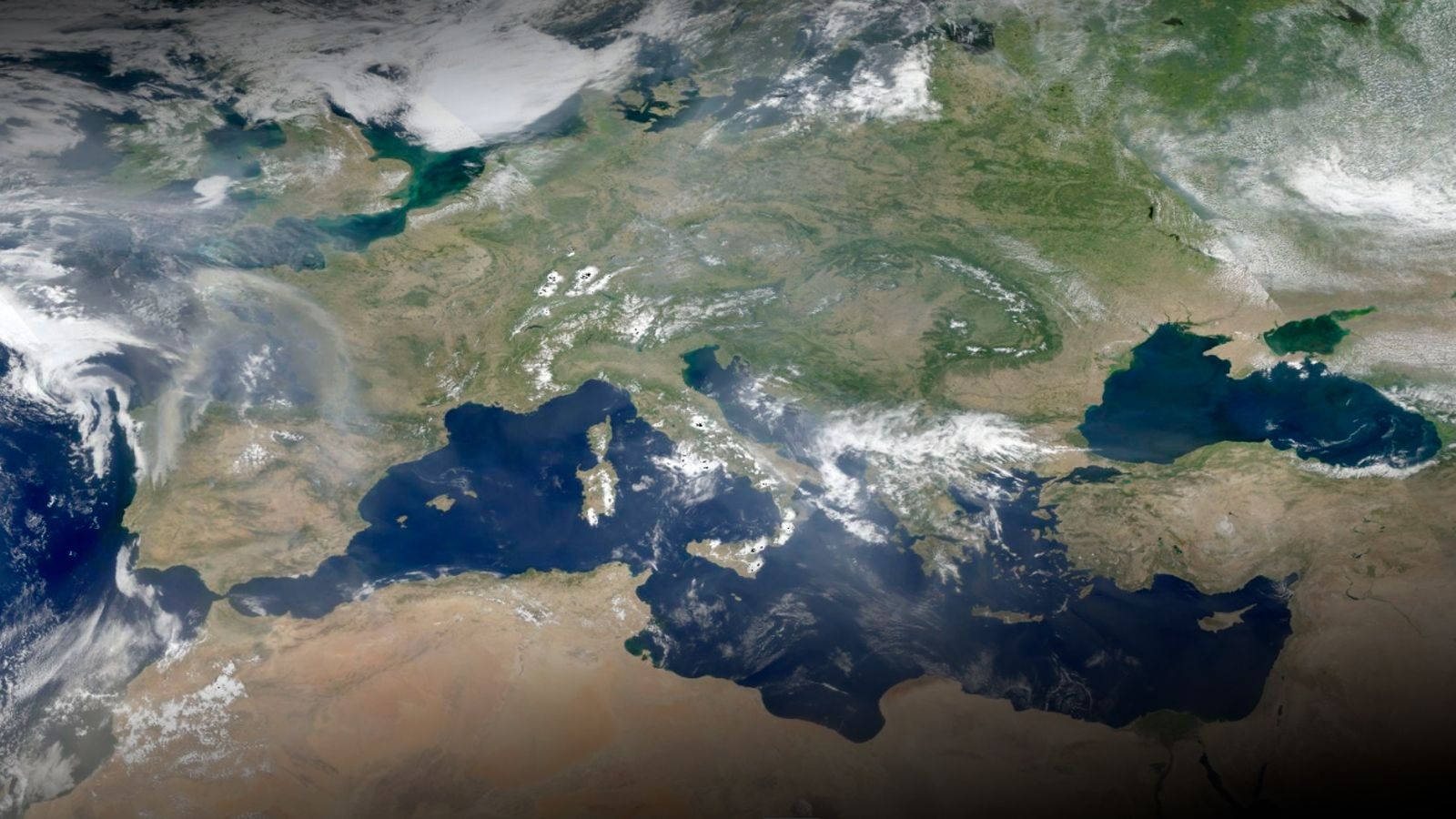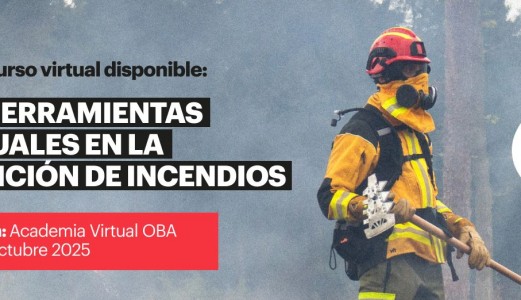A Mediterranean arc under pressure
Since June, the entire Mediterranean arc has been facing one of the most severe wildfire seasons in recent history. Extreme weather conditions — high temperatures, prolonged droughts, single-digit relative humidity and persistent winds — have triggered very fast-moving wildfires, with fronts of up to 10 km, advancing at speeds of more than 20 km/h.
The impact is not limited to the forest. Evacuations from tourist beaches, the loss of homes and human lives highlight how fire now strikes directly at society. In Turkey, 10 firefighters died on the Aegean coast, while in Spain and Portugal thousands of people were forced to evacuate their homes within just a few hours.
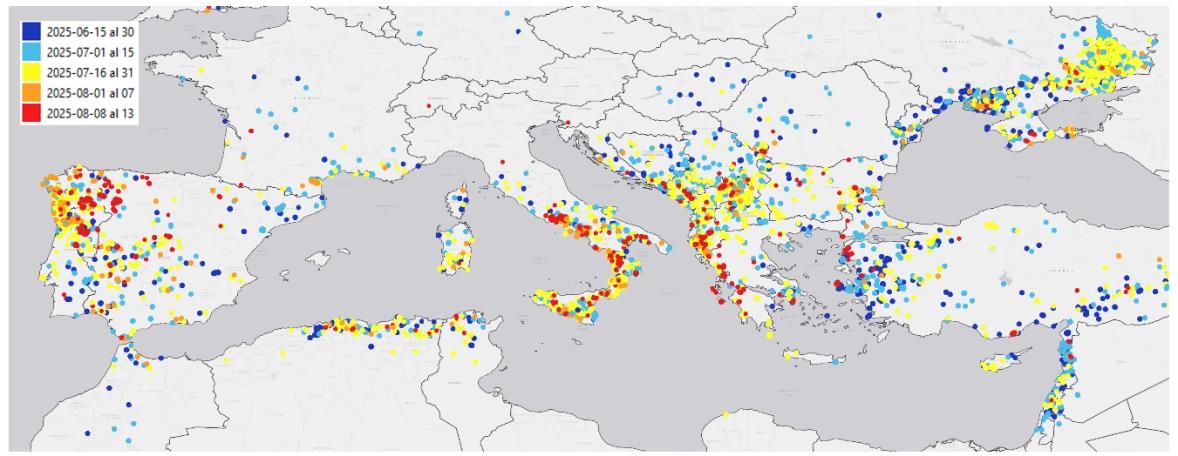
Burned area and major wildfires
The wildfire in Zamora (Spain), with 37,906 hectares destroyed, is already among the largest in Europe in the last decade. Other incidents in Spain have added more than 20,000 hectares within days, while Portugal lost 17,078 hectares in less than 48 hours.
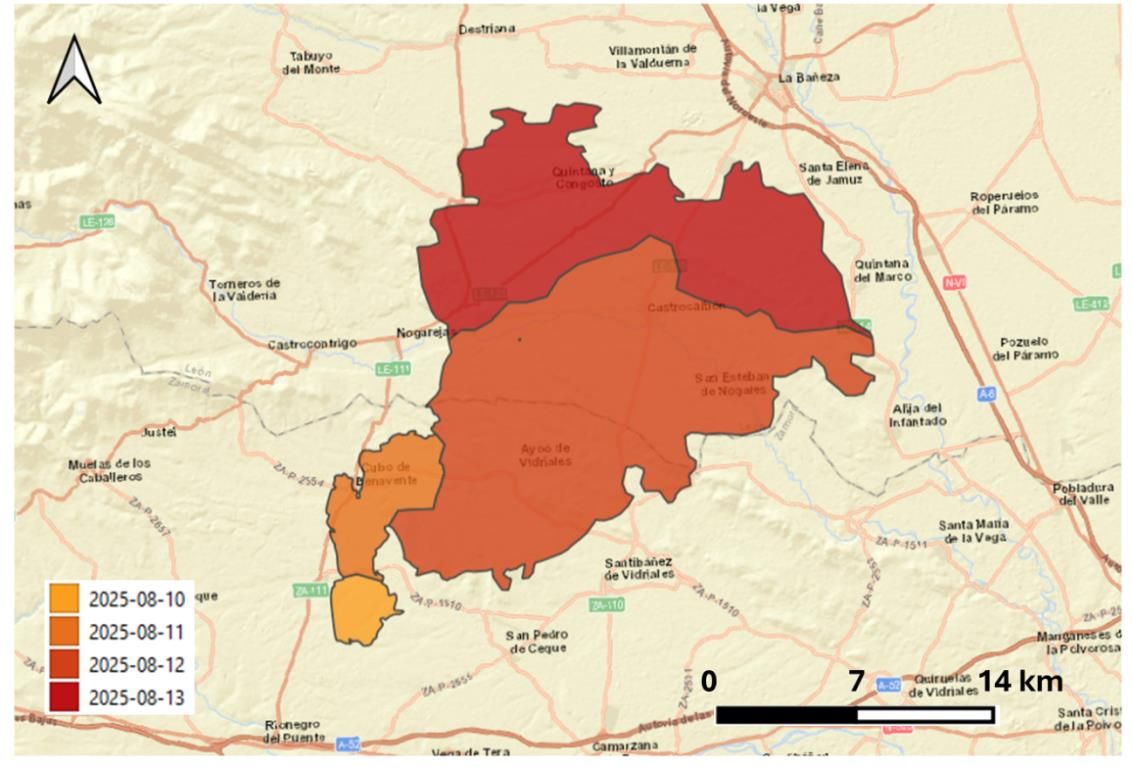
This type of fire confirms a growing trend since 2017: large wildfires increasingly exceed national response capacities and affect several countries of the Mediterranean arc simultaneously.
Wildland–urban interface fires
Another growing challenge is fire spreading in interface areas, where vegetation mixes with homes and human activities. The abandonment of traditional land uses has increased vulnerability, forcing emergency services to fight a double battle: controlling the fire itself and protecting the population.
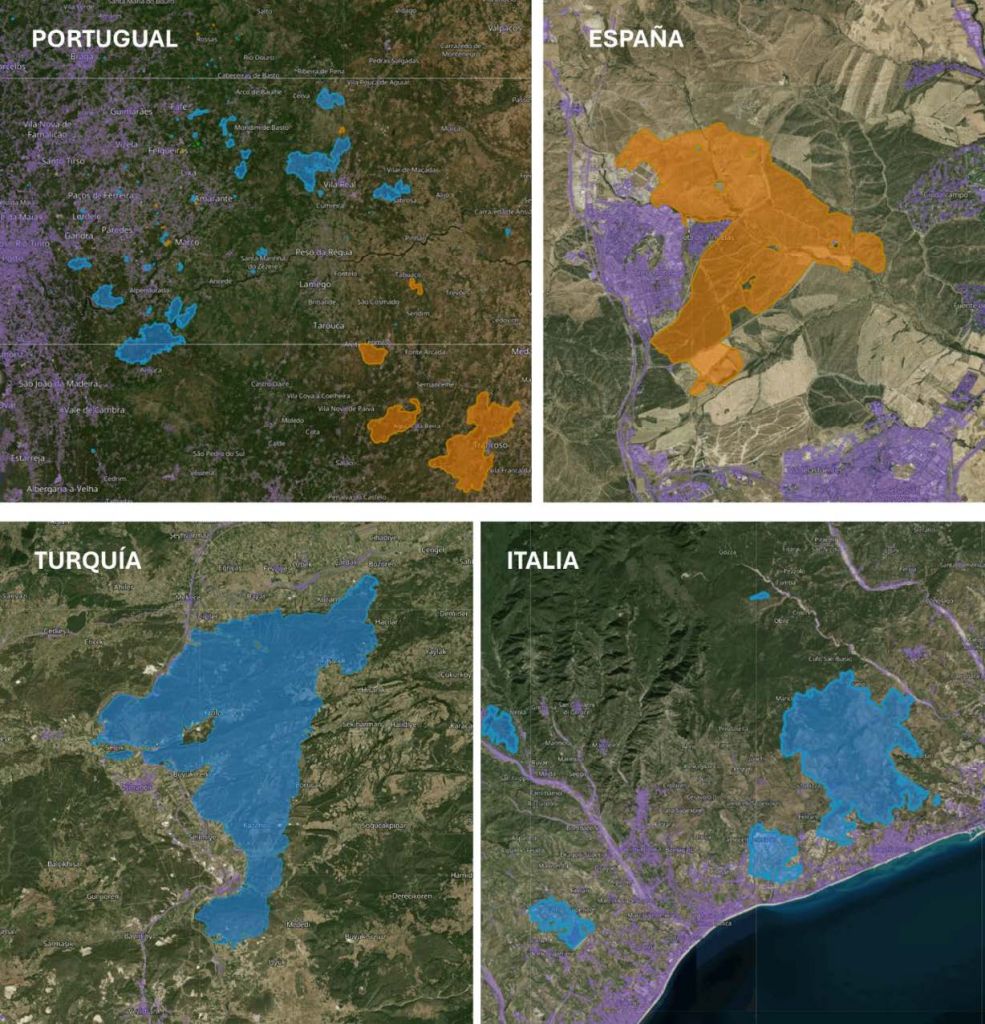
The current response: international cooperation and more resources
The scale of this summer’s fires has led to a reinforcement of resources across Europe. International brigades, large-capacity planes and helicopters have been deployed to support Spain and Portugal.
This support has been essential, but it also highlights a reality: increasing resources indefinitely is not enough. The simultaneity of large wildfires in different countries limits availability and shows that, alongside current resources, new approaches are needed to anticipate wildfire behaviour.
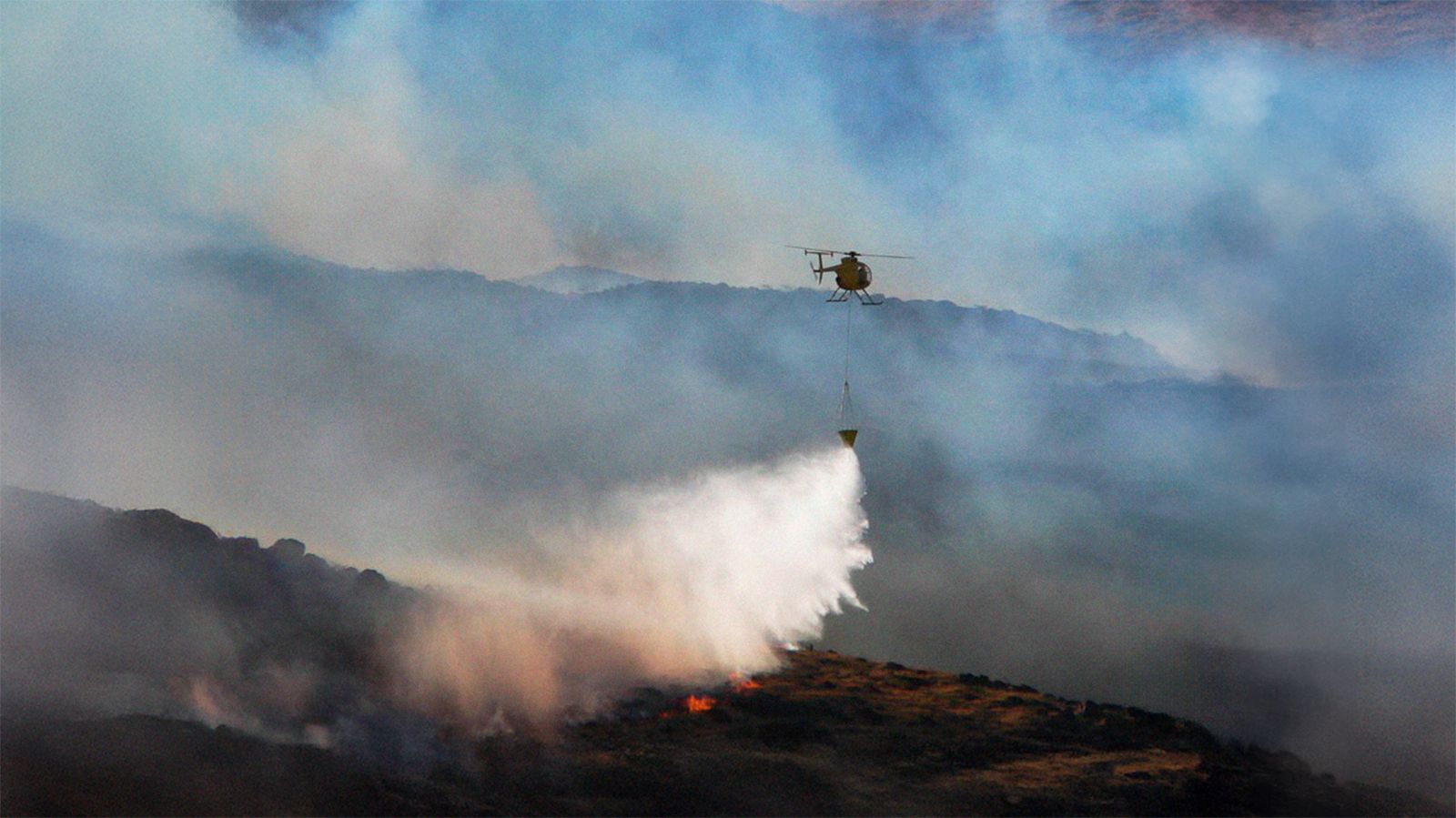
Vallfirest’s vision: learn, train, innovate
- Learning from wildfires
Analysing perimeters and fire behaviour is key to understanding their dynamics and anticipating future scenarios. Fires such as Zamora must become shared operational lessons.
- Global training – The Emergency Program (TEP)
International cooperation is only effective if all teams work under a common methodology. The aim of The Emergency Program (TEP) is to share global knowledge, built on experiences and lessons learned in different regions, to strengthen both individual and collective response in increasingly complex scenarios. It also ensures this knowledge is accessible to all professionals, with a simple, global language adapted to different levels of expertise, so that stronger collective responses emerge from stronger individual ones.
- Solutions that make the difference
The future lies in tools that multiply operational capacity, anticipate fire behaviour and reduce dependence on heavy assets.
Examples such as tactical drones for clearing and perimeter work (Dronster), helitransportable tanks to secure water supply in remote areas (Heliskid) or modular units fully equipped for large operations (Tactical Unit) show how innovation can transform wildfire response.
- Greater safety – Vallfirest PPE line
At the same time, protecting those on the frontline is essential. The Vallfirest PPE line has been designed for extreme heat and long operations: wildland firefighter jackets and trousers, the Xtreme Mask as emergency respiratory protection, Xtreme Boots for prolonged operations, the Xtreme Shelter as a fireproof refuge in entrapment situations, and the Xtreme K, a chemical oxygen rebreather with at least 30 minutes of autonomy for survival in emergencies or entrapments.
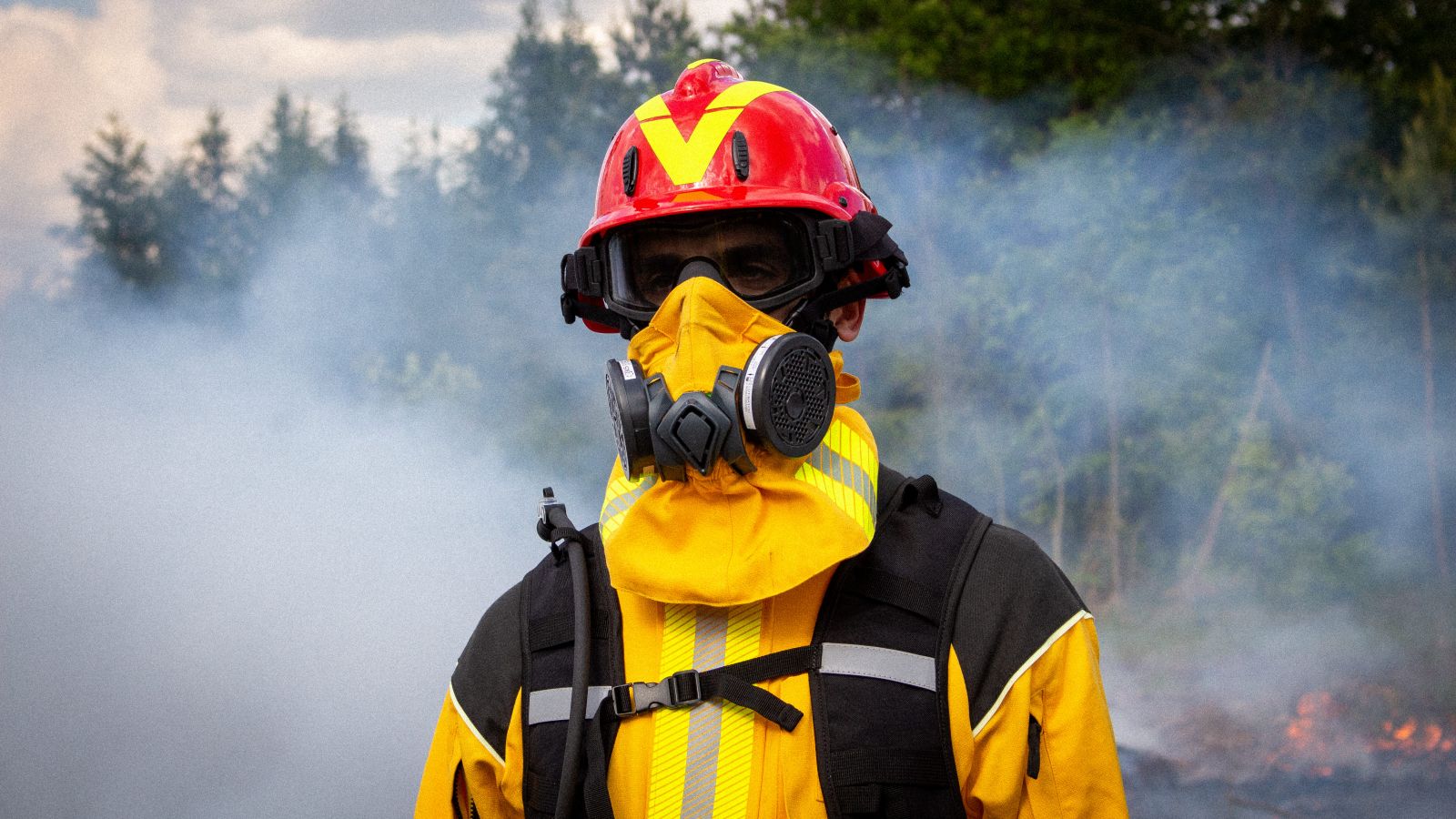
Conclusion
The summer of 2025 marks a turning point: wildfires are faster, simultaneous, and with a direct impact on society. The response must evolve. Alongside cooperation and existing resources, it is necessary to add:
- Territory management: addressing new geographic and demographic challenges.
- More wildfire training: as fires evolve, training cannot lag behind. Platforms such as The Emergency Program are part of the solution.
- Technological innovation: tools that multiply resources and improve firefighter safety.
- Greater safety: PPE that better protects firefighters under extreme conditions.
The evolution of wildfires is exponential. And in the face of this challenge, only a revolution in the way we confront them can be the solution.


